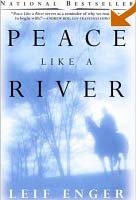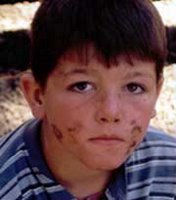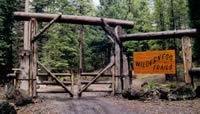The Ultimate Conflict
Yesterday we talked about a series of conflicts escalating to the ultimate conflict in STORY. Today we will talk a bit about that ultimate conflict.
On Easter Sunday, while I was laid up with a blown out knee, I had an epiphany. Or at least that’s how it looked to me at the time. And I think it will have a tremendous affect on my writing.
We talked about this a few weeks ago. Here is a brief summary:
Some of my favorite writers are on the forefront in thinking we must focus on portraying evil in all its raw wickedness in order to reveal the power of God’s light. I won’t dispute their call to do so, but I think we as Christian writers may be making a mistake. I’ve put a lot of thought into this and I have several reasons for coming to this conclusion, all of which come from the Grand Story.
1. The ultimate battle is NOT between good and evil.
The goodness of God has been and always will be greater than any evil. Combining every wicked deed from the holocaust to the atom bomb with the evil of human hearts from the beginning of creation would still not deplete one iota of the goodness of God.
The cross is a perfect example of all evil coming together in one place, yet it did not crush God’s goodness. God’s goodness overcame the last enemy—death—through the power of the resurrection.
2. The true battle is between God’s perfect love and God’s perfect justice.
The antagonist and hero are one in the same. It is the ultimate conflict. The cross is an astounding resolution. God took the penalty for us in answer to His perfect justice, and in doing so He restored the way of perfect love.
Okay, so how does this affect our writing?
1. First of all, the battle between good and evil will still exist in our stories. That is a very real battle. But it is important to remember that it is not the ultimate battle. The ultimate battle will take place in the mind . . . the place where we (and our characters) make the choice between good and evil.
If we choose good, we experience God’s ultimate love. If we choose evil, we will experience God’s ultimate justice.
The mind is the interior part of your character (if writing fiction) or the driving force (if you are writing nonfiction). It adds depth to a story. If a story resorts only to physical battle, then the reader moves along from one conflict to another at break neck speed until they finally come to the end. Then they put the story down and most often forget what it was about in a very short time.
If you add internal conflict, then the reader will relate to the battle of choice and will often remember the character long after finishing the story. It is this interior conflict that makes Peace Like a River, by Leif Enger work so well. I haven’t read the book in years but I still remember wanting to know if Rube really saw what he thought he saw.
It is this interior conflict that makes Peace Like a River, by Leif Enger work so well. I haven’t read the book in years but I still remember wanting to know if Rube really saw what he thought he saw.
A word of caution here, don’t leave out the exterior while navigating the interior. Readers need a good exterior plot as well, but the interior is where the real battle is fought and won or lost. We don’t care so much if a character or author loses a battle, but we do care about how they turn out in the end. Are they stronger for having lost the battle? Have they learned something in the process that will carry them through the future? Or will he or she become bitter and hard, hating the world for what it did to them (Phantom of the Opera). That’s the interior battle that raises havoc on our ability to choose. We all face it, and we are all fascinated by the outcome of other people’s (or characters) choices.
So, go back and look at your story, whether it’s fiction of nonfiction, short or long. Is that interior battle the strongest force? It should be either driving the story or affecting it in a big way.







0 Comments:
Post a Comment
<< Home